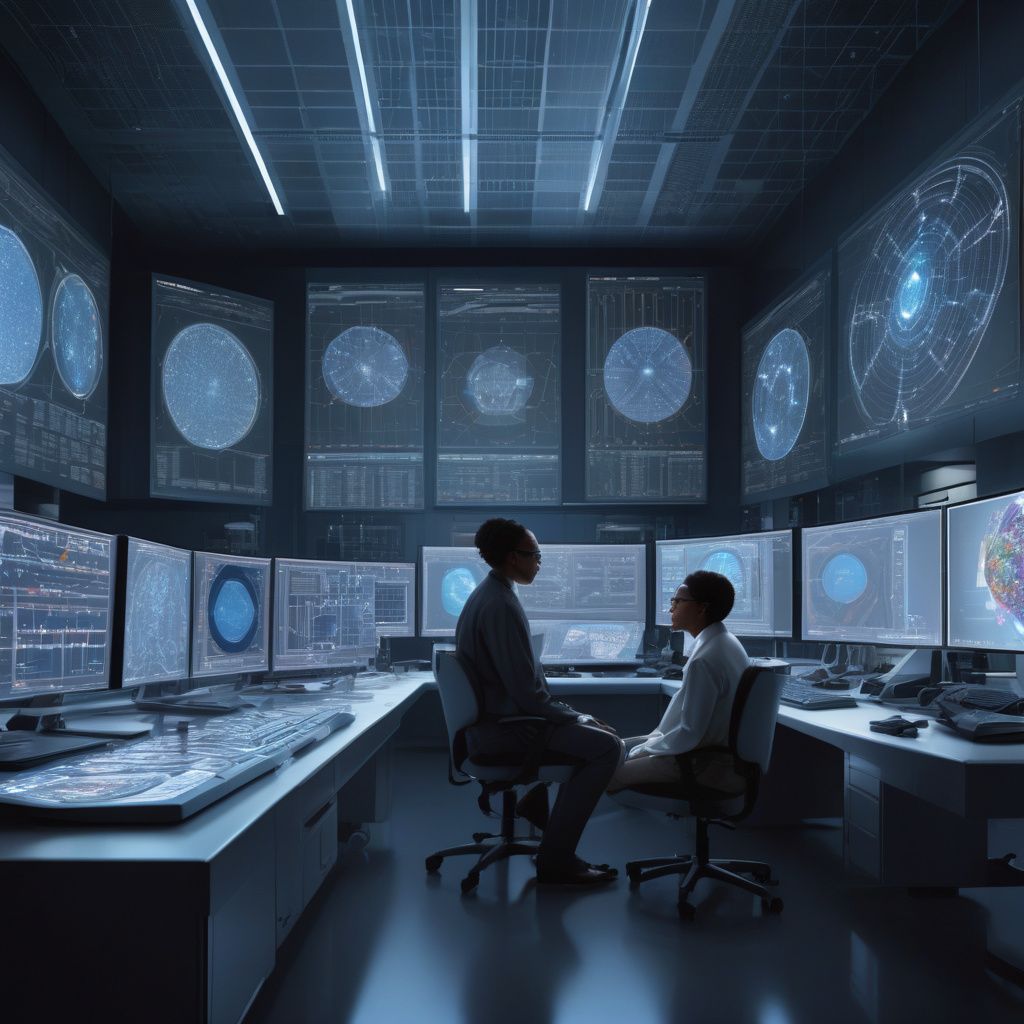Open AI’s latest AI models have stirred up a surprising trend – they are more prone to “hallucinations” than their predecessors. This unsettling phenomenon occurs when AI systems fabricate responses due to a lack of understanding of the task at hand. Despite expectations that advancements in AI would reduce such errors, Open AI’s internal assessments reveal the contrary.
According to Techcrunch, the newer o3 and o4-mini reasoning models exhibit a higher incidence of hallucinations compared to the earlier o1, o1-mini, and o3-mini models. In a revealing test, the o3 model veered into hallucinations in 33% of its responses, while the o1 and o3-mini models registered lower rates at 16% and 14.8%, respectively.
Open AI’s perplexity over this development is palpable, with the company’s developers actively investigating the root causes of this unexpected trend. While the current scenario raises concerns, Open AI remains optimistic that through concerted efforts and ongoing research, improvements can be made to address and rectify this disconcerting uptick in AI hallucinations.
As the AI landscape continues to evolve, challenges such as hallucinations underscore the complexity of developing robust and reliable AI systems. These findings serve as a reminder of the intricate nature of AI technologies and the ongoing need for diligent monitoring, evaluation, and refinement to ensure their efficacy and accuracy in real-world applications.

